May 16, 2025 | 10:08 GMT +7
May 16, 2025 | 10:08 GMT +7
Hotline: 0913.378.918
May 16, 2025 | 10:08 GMT +7
Hotline: 0913.378.918
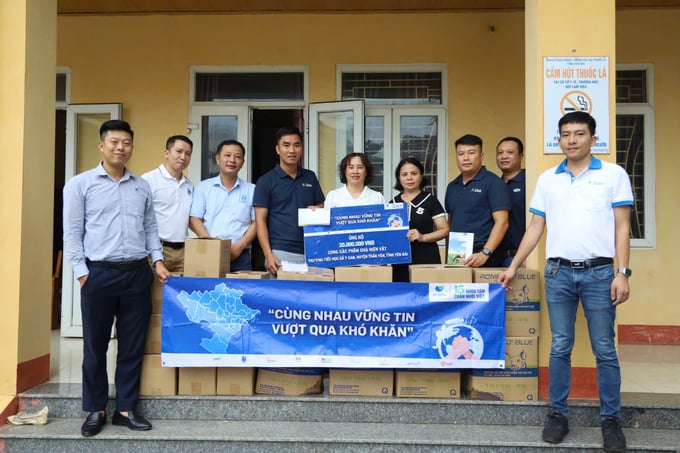
De Heus Vietnam carried out a series of charitable activities under the message “Together we stand strong to overcome difficulties,” supporting the people after Typhoon No. 3.
Following the significant damage caused by Typhoon No. 3 to northern provinces like Yen Bai and Lao Cai in September 2024, De Heus Vietnam quickly organized various relief efforts, demonstrating its sense of responsibility and solidarity with the community. The support activities included donating essential goods, and school supplies for students, and rebuilding school infrastructure.

Mr. Nguyen Quang Hieu, Deputy General Director of De Heus Vietnam, presented gifts and essential supplies from De Heus Group to encourage and support the people affected by Typhoon No. 3.
Right after the storm, De Heus Vietnam organized a relief convoy, delivering essential goods such as rice, instant noodles, and drinking water to families who suffered severe losses. These gifts not only helped residents stabilize their lives in the short term but also brought hope and faith during challenging times.

Right after Typhoon No. 3 passed, De Heus Vietnam immediately arrived in the severely affected areas to encourage and support local residents and students.
In addition to providing essential goods, De Heus Vietnam also paid special attention to the future generation with activities aimed at supporting students. The company donated school supplies, books, pens, and many other necessary items to students in schools in Yen Bai and Lao Cai. This assistance helps students continue their studies without interruption after their classrooms were severely damaged by the storm.
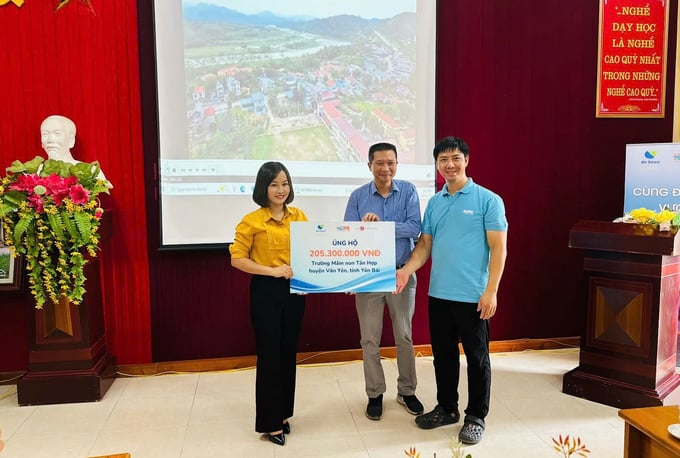
Leaders of De Heus Vietnam, on behalf of the Group, supported over VND 205 million for the reconstruction of Tan Hop Kindergarten in Van Yen district, Yen Bai.
Not stopping at emergency assistance, De Heus Vietnam is also proactively involved in school reconstruction efforts. Specifically, De Heus Vietnam LLC has supported the reconstruction of Tan Hop Kindergarten and Xuan Tam Primary and Secondary School in Van Yen district, Yen Bai.
These are the areas that suffered the most damage after the storm. These efforts help restore a safe and modern learning environment, ensuring that teaching and learning for teachers and students are not long disrupted.
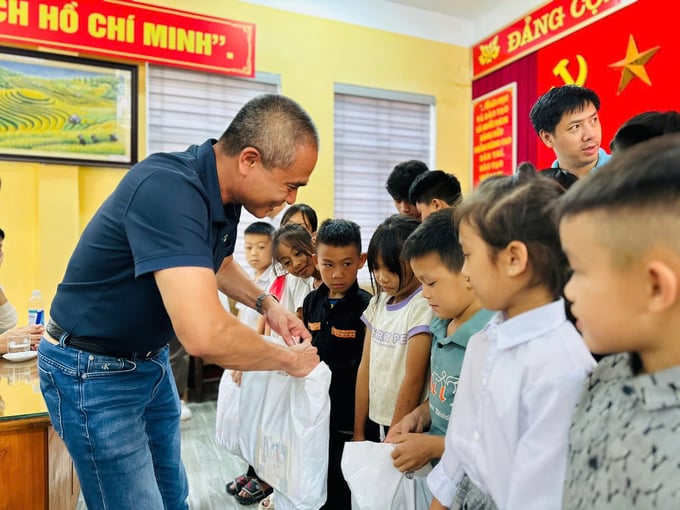
Nhập chú thích ảnh
Representatives of De Heus Vietnam visited and encouraged the students, providing them with practical gifts. Additionally, De Heus Vietnam donated essential equipment, including rice cookers, water tanks, televisions, gas stoves, water purifiers, water pumps, tables, chairs, cabinets, and bedding, to help the school quickly restore its facilities and continue its teaching and learning activities.

Representatives of De Heus Vietnam visited and encouraged the students, providing them with practical gifts to help them return to school quickly.
In addition, De Heus worked with teachers and parents to clear the drains, wash classrooms that were flooded with mud, repair the electrical system, and clean, and repaint the walls of the school. The relief activities of De Heus Vietnam not only addressed immediate difficulties but also demonstrated the company's long-term vision of social responsibility.

The support activities of De Heus Vietnam not only help address immediate difficulties but also reflect a long-term vision for corporate social responsibility.
Through these activities, De Heus Vietnam aims to contribute not only to economic development but also to building a stronger and more sustainable community. This is also the business philosophy of the De Heus Group: sustainable development tied to social responsibility.

Nhập chú thích ảnh
The continuous implementation of relief efforts following Typhoon No. 3 confirms that De Heus Vietnam is not just a leading enterprise in the livestock sector, but also a reliable companion of the community. The meaningful and timely actions of De Heus Vietnam not only assist the affected communities in overcoming hardships but also ignite hope and belief in a brighter future.
Translated by Hoang Duy
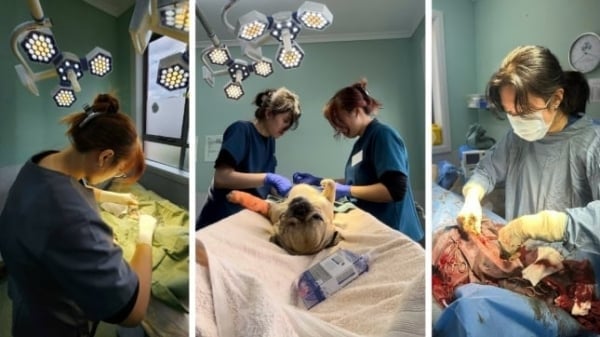
(VAN) Veterinary training should focus on quality, not just quantity. Veterinarians also need more options to pursue specialized training.
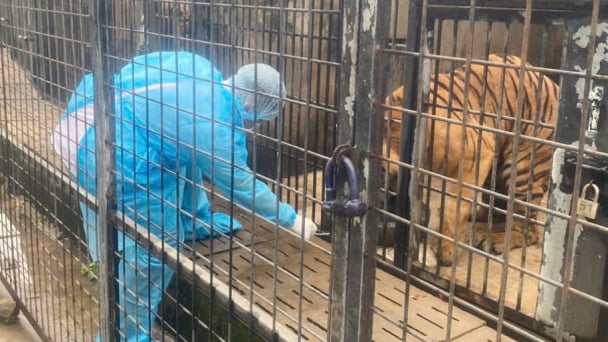
(VAN) The veterinary industry needs to be viewed objectively and further invested in to properly demonstrate its role and importance in the new context.

(VAN) The number of veterinarians graduating each year is not enough to meet actual needs, hence a difficult problem for the growing livestock industry.
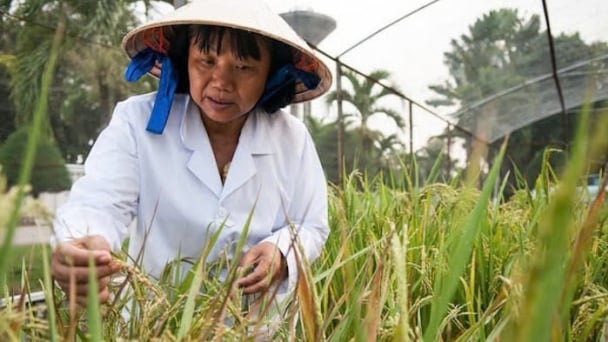
(VAN) The strategic partnership between Cambodia, the Philippines, Vietnam, and CGIAR ensures that innovative solutions effectively address national priorities for food system development.
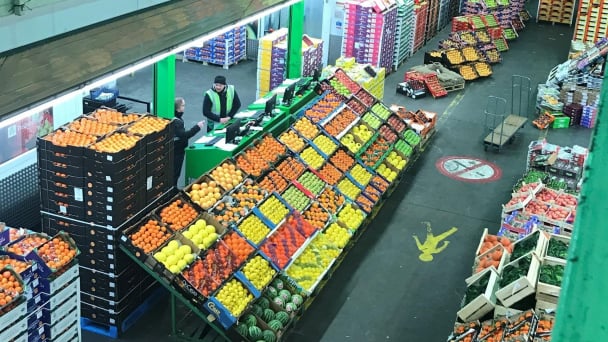
(VAN) This was affirmed by the UK Minister of State at the Department for Environment, Food and Rural Affairs during a working session with Deputy Minister Tran Thanh Nam on May 13.
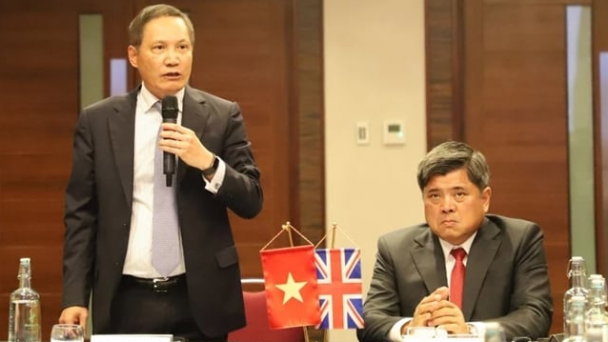
(VAN) On May 13, the Ministry of Agriculture and Environment, in coordination with the Embassy of Vietnam in the United Kingdom, organized a seminar titled 'Connecting trade in Vietnam-UK agricultural, forestry, and fishery products'.
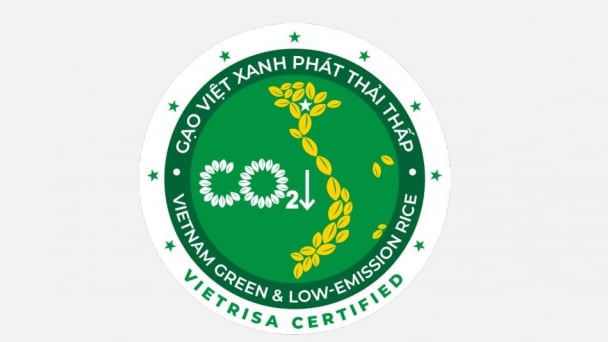
(VAN) The launch of the Vietnam green and low-emission rice brand is a positive signal for both businesses and farmers, marking readiness to reach new heights in the global market.